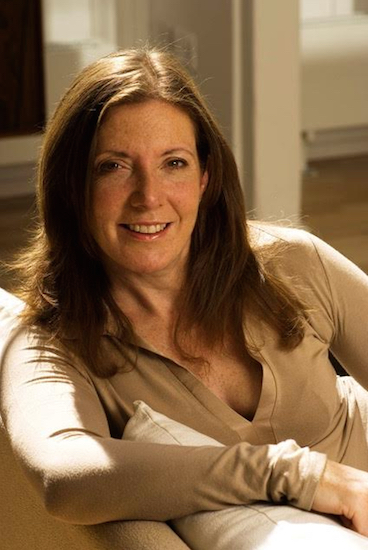Woman Walks Ahead: Brooklyn’s Catherine Weldon’s adventures with Sitting Bull
Jessica Chastain stars in Woman Walks Ahead

On March 31 of this year, Green-Wood Cemetery celebrated Women’s History Month by hosting a special trolley tour called “Women Who Walked Ahead.” The tour included the graves of notable women from Brooklyn, including that of Catherine Weldon.
Weldon, born Susanna Carolina Faesch in Basel, Switzerland, moved with her mother to America in 1852, settling in Brooklyn. In 1866, she married Dr. Bernhard Claudius Schlatter, a physician and a fellow Swiss. However, the marriage was an unhappy union and in June of 1876, she ran away with a married man, Christopher Stevenson.
In early 1877, she gave birth to a son she named Christie. But the relationship with Stevenson did not last, for he would soon abandon her to return to his wife. Carolina was forced to return to Brooklyn to live with her mother and stepfather.